Americans are eating meals faster than before, according to the Economic Research Service’s Adult Eating & Health Module (EHM). From 2014-2016, Americans dedicated an average of 64.5 minutes per day to eating and drinking. This average dropped by 5% from the previous study from 2006-2008.
While time spent eating has decreased in the U.S., food has become an increasingly popular topic on social media platforms. The phrase “phone eats first” was coined due to the popularity of consumers photographing their food. A recent study by Maru/Matchbox in 2017 said that 69% of millennials take a photo or video before eating their food, and many of these photos end up on Instagram. As of Oct. 30, 2019, the hashtag, #food, was tagged in about 362 million posts.
Within this category of food, the number of posts with the hashtags, #charcuterie and #charcuterieboard, totaled about 884,000 and 251,000 respectively on Oct. 3, 2019. The number of posts with #charcuterie increased by 15,000 in 18 days, and the number of posts with #charcuterieboard increased by 11,000 in the same span of time.
However, this trend has not manifested itself on social media alone — two such specialty businesses opened in Athens and Watkinsville, Georgia, within the last year. Justin Barnette, one of the partners at Butcher & Vine in Watkinsville, and Fritz Gibson, the owner of Half-Shepherd Market & Cheese Shop in Athens, both said artisan foods are on the rise.
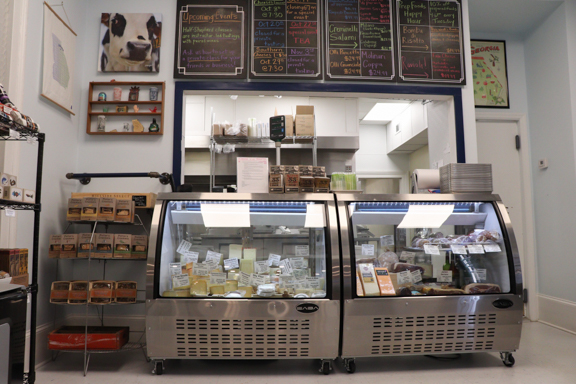
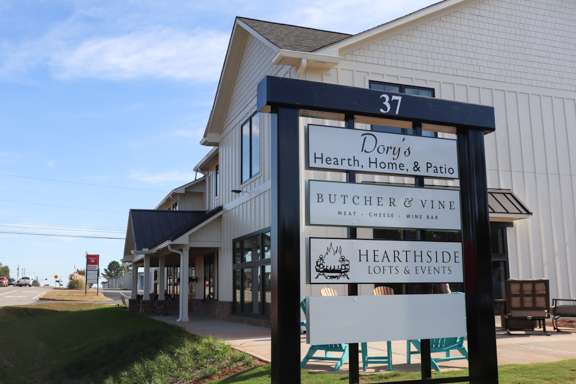
The popularity of charcuterie and artisan foods developed from a variety of European production and consumption traditions. With the growth of specialty foods, the owners of Butcher & Vine wanted to bring a cultural and regional experience to their customers by giving them a space to gather for a longer, European-style meal.
Charcuterie’s European Roots
The word “charcuterie” originated in France. The term translates to “a delicatessen specializing in dressed meats and meat dishes,” or such products sold in a shop, according to Merriam-Webster.

Gibson said that “charcuterie” has now become a blanket term for a wider variety of food. He believes that this tradition came to America with European immigrants around the time Ellis Island opened. Between 1892 and 1954, approximately 12 million people came into the U.S. via this immigration station and most were from Germany and Italy. Gibson said their traditions could have had an impact on the popularity of meats and cheeses in cities like New York City and Chicago.
According to Gibson, meat and cheese plates have been on restaurants’ menus for many years. The advent of TV shows about food allowed consumers to learn how to pronounce “charcuterie,” bringing the term into the public’s vocabulary.
“As that word made its way out into the vernacular, restaurants were more willing to put it on their menus, maybe just because it sounded fancier,” Gibson said. “I think maybe you would see cheese and meat plate on a menu, but now they’re more willing to use a word like charcuterie.”
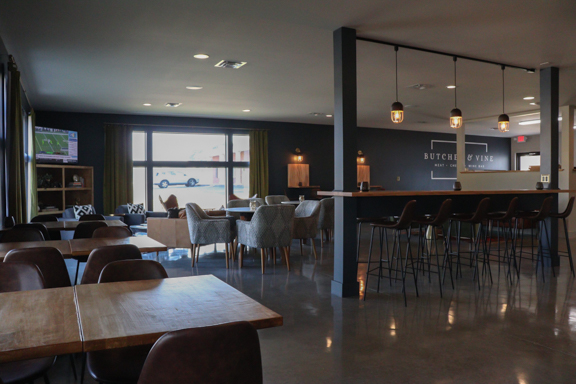
Charcuterie’s European heritage was a part of the inspiration for the new butcher shop and charcuterie restaurant, Butcher & Vine. Influenced by a market they visited in the Italian region of Tuscany, Barnette and his wife, Jennifer Barnette, enjoyed having the ability to sit and enjoy a meal before purchasing meat, cheese and wine to take home.
They may not remember the name of the market, but they said they will never forget the concept of good food and camaraderie that Barnette and his wife experienced there.
“We really wanted to focus on the experience that is not common to a U.S. restaurant, but it’s certainly common to an Italian spot where it’s more about gathering and shareable charcuterie itself and boards,” Barnette said.
Charcuterie is not a tradition specific to Italy, however. Josh Aaron, the executive chef and butcher at Butcher & Vine, said that charcuterie varies from region to region. France focuses on pâtés, Germany on sausages and other similar foods, Italy on salamis, and Spain on dry, cured and spiced foods. However, charcuterie in each of these places contributes to the style of European meals in which people eat slower and over a longer period of time than typical Americans.
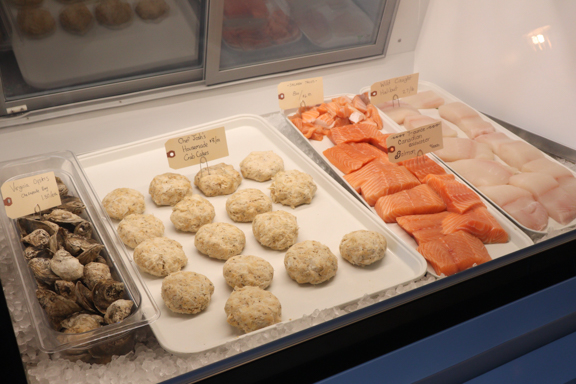
The Barnettes’ concept came to life thanks to Aaron and their partner, Andrew Wallace. From there, Aaron was ready to focus on finding good food from sources that were representative of their respective region’s flavor.
Artisanal and Specialty Food Sources
Specialty deli meat sales increased by 2.8% over the course of a year-long study by Nielson that ended in 2017. This study claims that the charcuterie trend led to the popularity of specialty meats and cheeses, particularly prosciutto and mozzarella, which had a 0.9% increase in sales.
Aaron’s selection of meats, cheeses and other accompaniments for the charcuterie boards required him to taste a variety of products.
Aaron chose the specialty ingredients in two of Butcher & Vine’s boards with an emphasis on these local and regional products. By focusing on locally made food, Aaron wanted his boards to reflect the flavors and styles of several regions.
In this video, learn the specific ingredients included in two of Butcher & Vine’s boards as they are made.
With this growth, Gibson said that American artisanal cheeses are more expensive than their imported competitors. Large scale artisan cheese production in Europe has been in place for “decades, if not centuries,” and these cheeses are usually subsidized and defended by the country’s government. American-made artisanal cheeses can have a higher price tag because owners have to build the infrastructure and market their product on their own.
In order to get the prices of artisanal cheeses to decrease in the U.S., Gibson said the people who can afford the more expensive, American cheese need to be purchasing it. He hopes to see more small producers in the future, much like some of the producers that Butcher & Vine uses.
More than just the ingredients, Aaron wants his customers to experience a European-style meal where they can slow down and enjoy talking to each other.
I just want to have this whole table full and seven or eight close friends and family and just sitting around this table and sharing and having an experience and a conversation,” Aaron said. “That’s what Old World charcuterie and wine and food and beverage are about.”
Mary Martin Harper is a senior majoring in journalism in the Grady College of Journalism and Mass Communication at the University of Georgia.


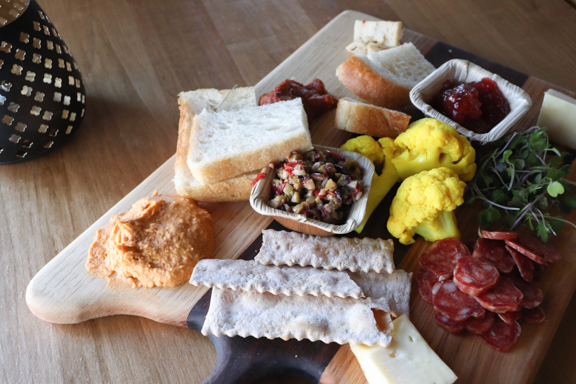






Show Comments (1)
Julia
Wow this is incredible!! Love this story and a good charcuterie board:)